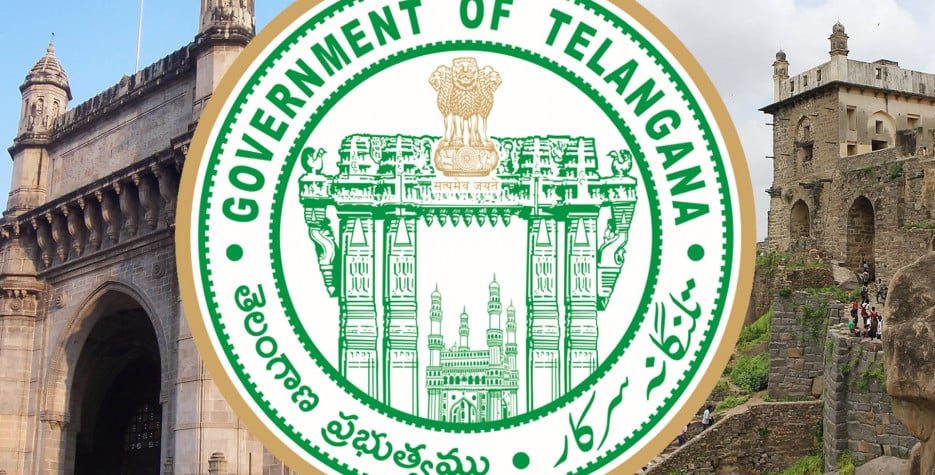June 2nd marks a significant day in the history of Telangana, as it commemorates the formation of the state on June 2nd 2014.
On this day, people across Telangana come together to celebrate the state's formation, and it is observed as a public holiday. As a result, offices, schools, and banks remain closed, giving people a chance to participate in the festivities and reflect on the state's journey.
History of Telangana
The region now known as Telangana has a rich and ancient history, with evidence of human habitation dating back to the Neolithic era. Over the centuries, it was ruled by various dynasties, including the Satavahanas (230 BCE–220 CE), Chalukyas, Rashtrakutas, and the Kakatiyas, who established Warangal as their capital and left a significant cultural and architectural legacy. The Kakatiya dynasty is particularly remembered for its contributions to Telangana's heritage, including the construction of the Warangal Fort and the Kakatiya Kala Thoranam (Warangal Gate).
Following the decline of the Kakatiyas, the region came under the control of the Delhi Sultanate, and later the Bahmani Sultanate and the Qutb Shahi dynasty, which established Hyderabad as their capital in the 16th century. Hyderabad flourished as a center of culture, trade, and architecture, exemplified by landmarks like the Charminar and Golconda Fort.
Integration into India and Merger with Andhra
After Indian independence in 1947, the Nizam of Hyderabad initially refused to join the Indian Union. In 1948, the Indian government launched "Operation Polo," a military action that led to the annexation of Hyderabad State into India. Telangana remained part of Hyderabad State until 1956.
In 1956, as part of the States Reorganisation Act, the Telugu-speaking region of Telangana was merged with the Andhra State (created in 1953 from the Telugu-speaking districts of Madras State) to form Andhra Pradesh. This merger was controversial, as the States Reorganisation Commission had recommended that Telangana remain a separate state due to concerns about economic and political disparities.
The Telangana Movement
Dissatisfaction over the implementation of safeguards for Telangana, particularly regarding jobs, education, and resource allocation, led to repeated protests and agitations. Major movements occurred in 1969 and 1972, with demands for a separate Telangana state. The Telangana Rashtra Samithi (TRS), founded by K. Chandrashekar Rao in 2001, revived the demand for statehood, leading to widespread political mobilization and public support.
Formation of Telangana State
After years of protests, political negotiations, and legislative action, the Indian government passed the Andhra Pradesh Reorganisation Bill in 2014. Telangana was officially formed as the 29th state of India on June 2, 2014, with Hyderabad as its capital. K. Chandrashekar Rao became the first Chief Minister of the new state


